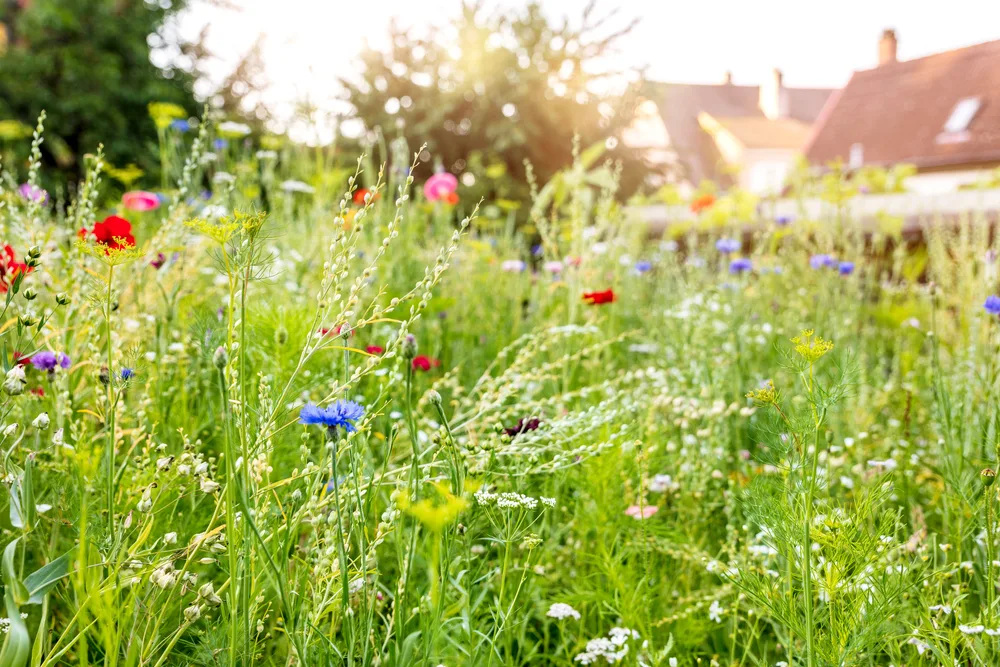
Hey there, the lawn needs to be mowed.
Again.
All summer long.
Always and forever.
Sometimes almost as soon as you’ve finished mowing it.
While I can’t help you with mowing the lawn, I can help you figure out what to do with all of those grass clippings once you’re finished.
So, download your favorite podcast, put on your sunhat and fire up the lawnmower, we’ve got work to do.
Lawn Clippings
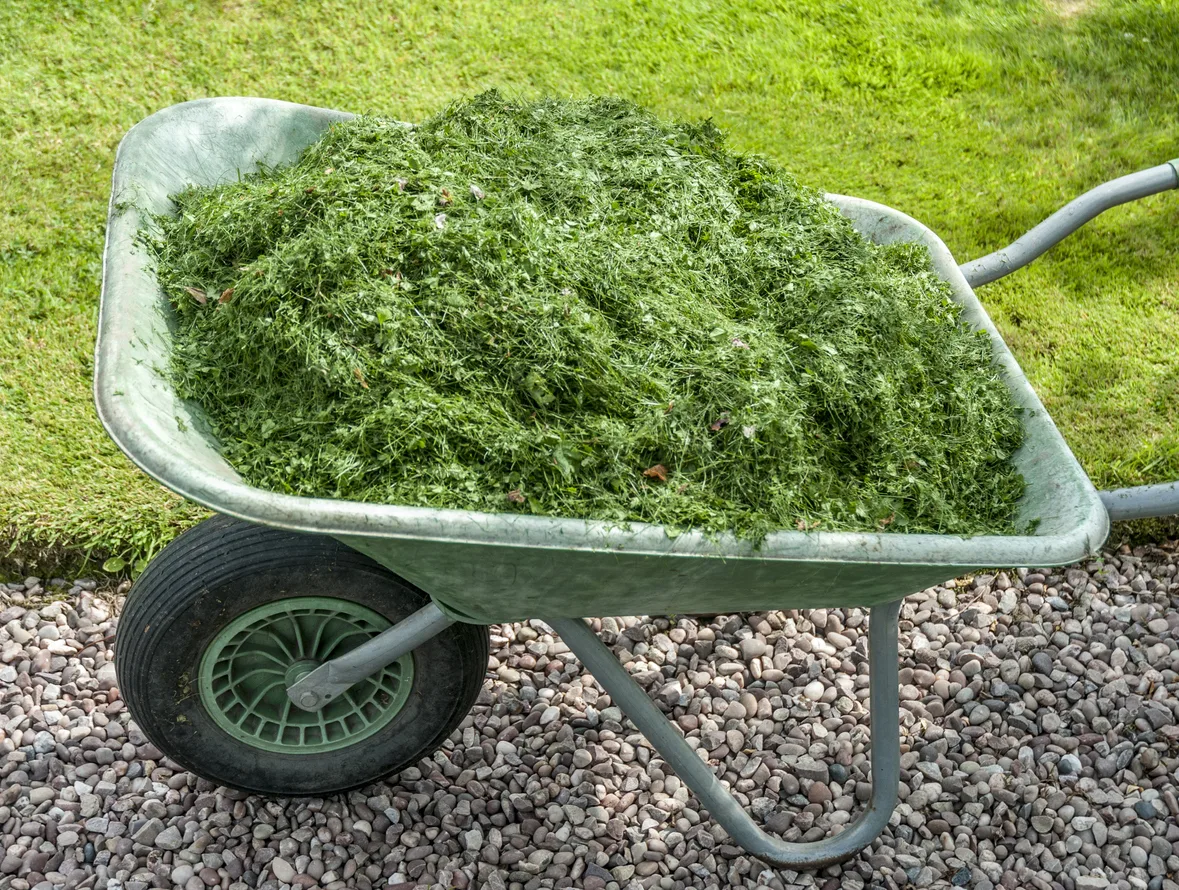
The good ol’ EPA estimated that in 2015, we generated 34.7 million tons of yard waste, approximately half of which was grass clippings.
17 million tons of grass was bagged up and thrown away.
Let’s just put aside the incredible amount of waste here for a moment.
As a self-proclaimed lazy gardener this is mind boggling to me. I can think of loads of better things to do with my time than bagging up cut grass just to throw it away.
For instance, sitting on the back porch sipping a cool gin and tonic and admiring my freshly mown lawn, clippings and all. Yeah, that sounds like a much better use of my time.
And yours.
So that, my friends, is the first thing you can do with your grass clippings.
1. Relax and Let it Be
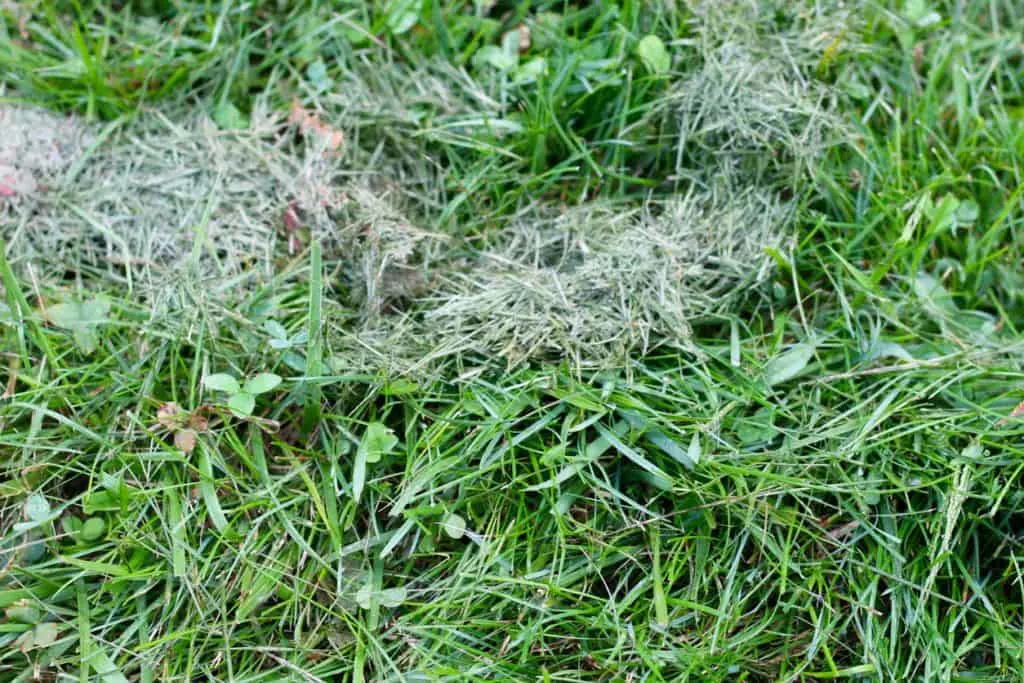
Just leave them right there on the lawn.
Yup.
Clippings an inch or less long will quickly decompose and fertilize your lawn while they do it. Nutrients like phosphorus, nitrogen, and potassium get put right back where they are needed, and you don’t have to do any special spraying or sprinkling with fertilizers.
The myth that thatch (a layer of undecomposed organic matter between your grass and the soil) is caused by leaving clippings on your lawn, is simply that, a myth.
According to the good folks at the University of Minnesota Extension thatch is caused by factors like not mowing enough, over-fertilization using nitrogen fertilizers, and overly vigorous types of grass.
Leaving the grass clippings on your lawn also helps it to retain moisture during the hottest months of the summer when your grass is likely to turn brown.
If you’ve got a few spots where the clippings are especially thick, rake them out a bit so they decompose quicker.
It’s really the best thing you can do for your lawn as well as the easiest.
However, if you’ve let the lawnmowing go for a bit and you know you’re going to be faced with grass clippings that are lengthy and abundant, read on for more disposal ideas.
2. Free Mulch
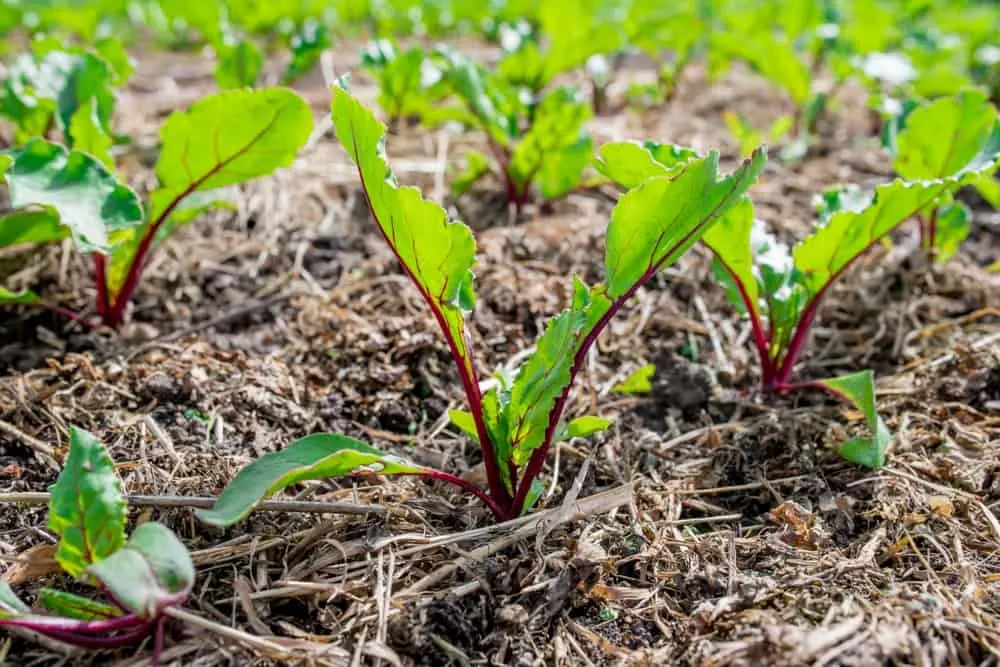
Who doesn’t love free stuff?
No need to pick up mulch at the garden center when you can cut your own. Plus, this mulch is much easier on the back when it comes to moving it around.
Keep weeds out and moisture in by putting down a good layer of grass clippings around your plants and shrubs. Keep your layer no more than 1 to 2 inches thick, otherwise, you will be treated to the not-so-delightful smell of fermenting grass. (Hint: it’s releasing methane.)
3. Fuel Your Compost Microbes
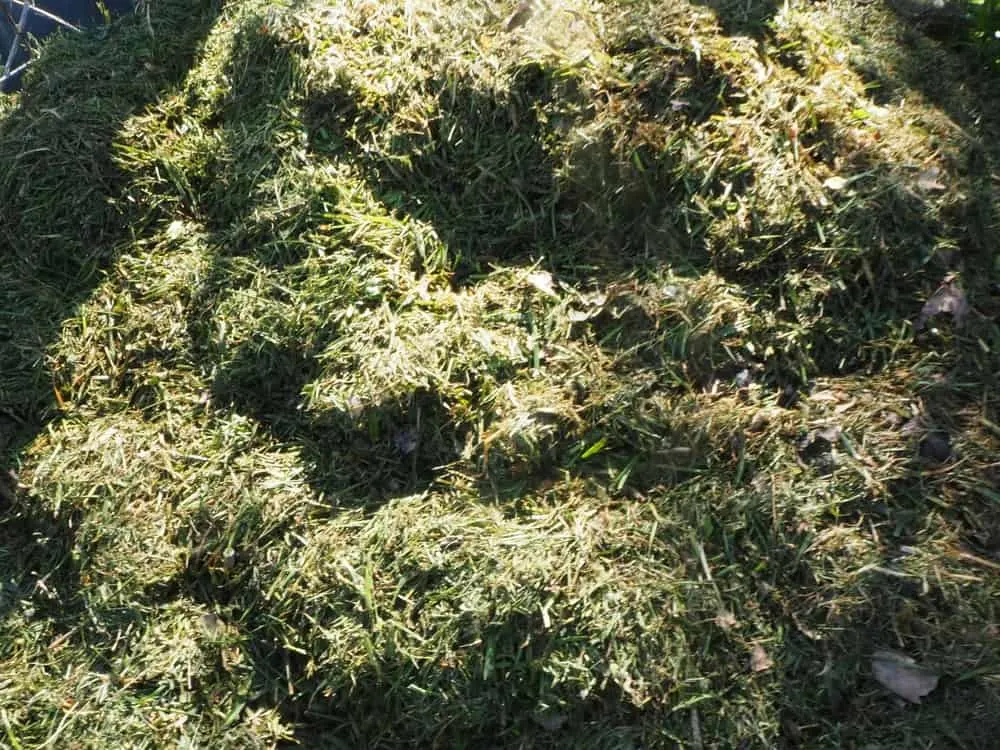
You can get some great heat going with grass clippings. Just remember compost is a living system and you want to keep your microbes happy, not cook them alive.
When adding grass clippings don’t forget to balance it out with some dry/brown material as well. Shredded newspaper or dry leaves work well. You’ll want to make sure your green to brown mix is a 1:1 ratio.
Whenever you add grass clippings to your compost be sure to turn it every few days to release hot spots and ensure even decomposing.
4. Grass Clipping Tea Anyone?
Make a nitrogen-rich brew to keep your plants happy.
Fill a 5-gallon bucket 1/3 of the way with fresh grass clippings, then fill the rest of the way with water. Cover the bucket with cheesecloth or a screen to keep mosquitoes from developing.
You’ll want to put it somewhere downwind for a while. It’s going to get smelly!
In about two weeks you will have excellent fertilizer tea. Add a pint to your watering can before filling. Water your plants as you normally would. Fertilize with your grass clipping tea every 2-4 weeks.
Also, try this brilliant comfrey fertilizer tea – a brilliant recipe to supercharge your garden growth.
5. Eat It
No, not you, the critters around your homestead.
Cows, goats, sheep, even geese, and other poultry enjoy a good nibble of fresh green grass. Be sure to feed it immediately after mowing before it starts to ferment.
And of course, never feed grass clippings from a lawn that has been treated with pesticides or herbicides.
6. Hay, Wait a Minute
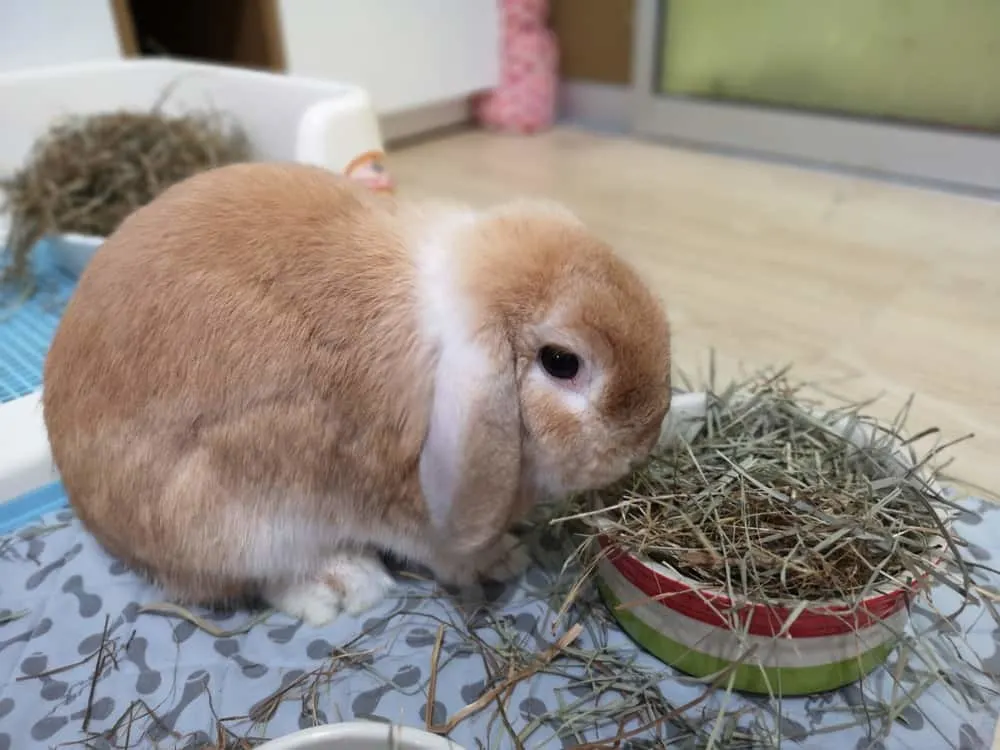
Spread grass clippings out on a window screen in a thin layer to dry rapidly. Turn the grass daily until it’s completely dried out. Give your bunnies artisanal hay to munch.
Be sure to serve it with a sugar snap pea garnish in the appropriate artisanal hay dish.
7. Feed the Deer
I am surrounded by state game lands, which means a never-ending battle of trying to keep the deer out of my garden.
If you too battle with these lawnmowers-on-legs, why not put your grass clippings at the edge of the woods. Perhaps an all-you-can-eat peace offering will keep them out of your garden.
8. And Don’t Forget to Feed the Worms
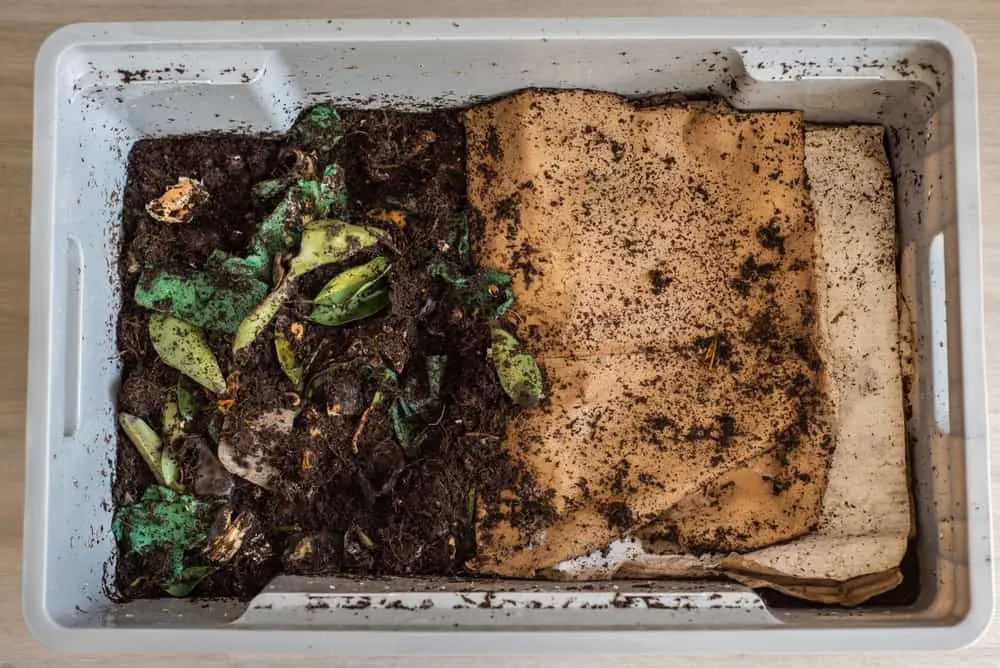
If you have a garden and a compost pile, you should also have a worm bin. If you don’t, make one.
There, I’m glad we got that out of the way.
Feeding your worms a handful or two of fresh grass clippings is a good idea. You don’t want to put too much fresh grass in or it will start to stink.
9. Now Tuck Your Worms into Bed
A better idea is to let the grass dry out a bit, and get good and brown before adding it to your worm bin. Dry grass makes a good bedding material.
Mix it up with equal parts of dry leaves and you will have ridiculously happy worms who will be leaving your little worm Airbnb a five-star review.
10. Make Lasagna
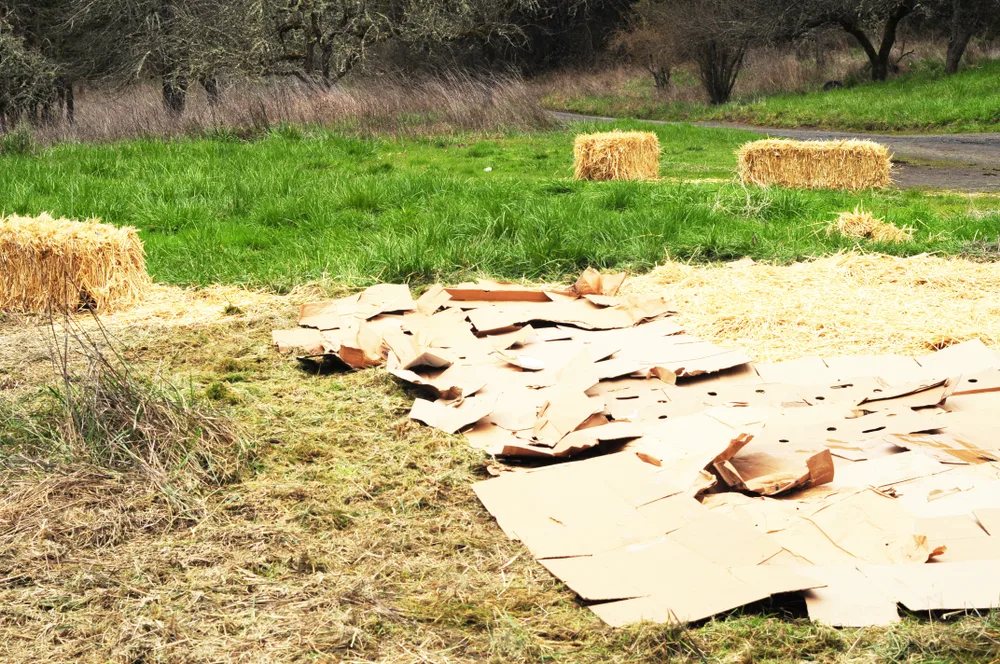
I’m a lazy gardener. Whatever I can do to keep enjoying crispy vegetables with minimal weeding on my part, I’ll give it a try. To that end, I love the lasagna method of gardening.
It’s kind of like the no dig gardening method, and it’s a great way to put a lot of grass clippings to use all at once.
You’ll need to put down a layer of corrugated cardboard in the area you want to put your garden and get it good and wet. You want to start it decomposing.
Next, begin layering with layers of brown material (dry leaves, newspaper, peat) and green (hello grass clippings). You want your brown to green thickness to be 2:1 respectively.
After a while, this gluten-free lasagna will leave you with a no-fuss, low maintenance, virtually weed-free garden to play in.
11. Keep Your Container Garden Happy
I love the ease and convenience of having all sorts of vegetables and herbs growing in containers on my back patio; my kitchen is just inside the patio door. (Lazy gardener, remember?)
What I don’t like is lugging heavy watering cans from the other side of the house where the spigot is to water them every day.
To keep this little exercise routine of mine down to a minimum, I put a good layer of grass clippings (only 1 to 2 inches) in my containers on top of the soil. This locks in moisture and provides a bit of fertilizer.
12. A Green to Dye For
What? I like puns.
We’ve all cursed the staying power of grass when it’s on our favorite jeans, but that’s what makes grass such a fantastic natural dye.
As with most natural dyes, you will need to use a mordant to ensure colorfastness. Depending on the mordant you choose to use, you can get pale yellows, bright golds, and yes, even green.
If you’re going to experiment with making dye from grass, you want the freshest cut grass possible.
13. Phone a Friend
For all the reasons listed above, you might have a friend who needs some grass clippings. Ask around and let folks know you have plenty to share.
Put up a post on Craigslist for free curbside pick up of grass clippings.
If you’re a marketing genius you can play it up as a Pick Your Own experience and sit back and enjoy as someone else mows the lawn for you.
14. Make a Trip to the Recycling Center
Call your local recycling center and ask them about taking your clippings. Some municipalities will take yard waste and others will not. Some may only take yard waste on certain days so you may need to plan your mowing around those days.
15. Fermented Grass Fuel?
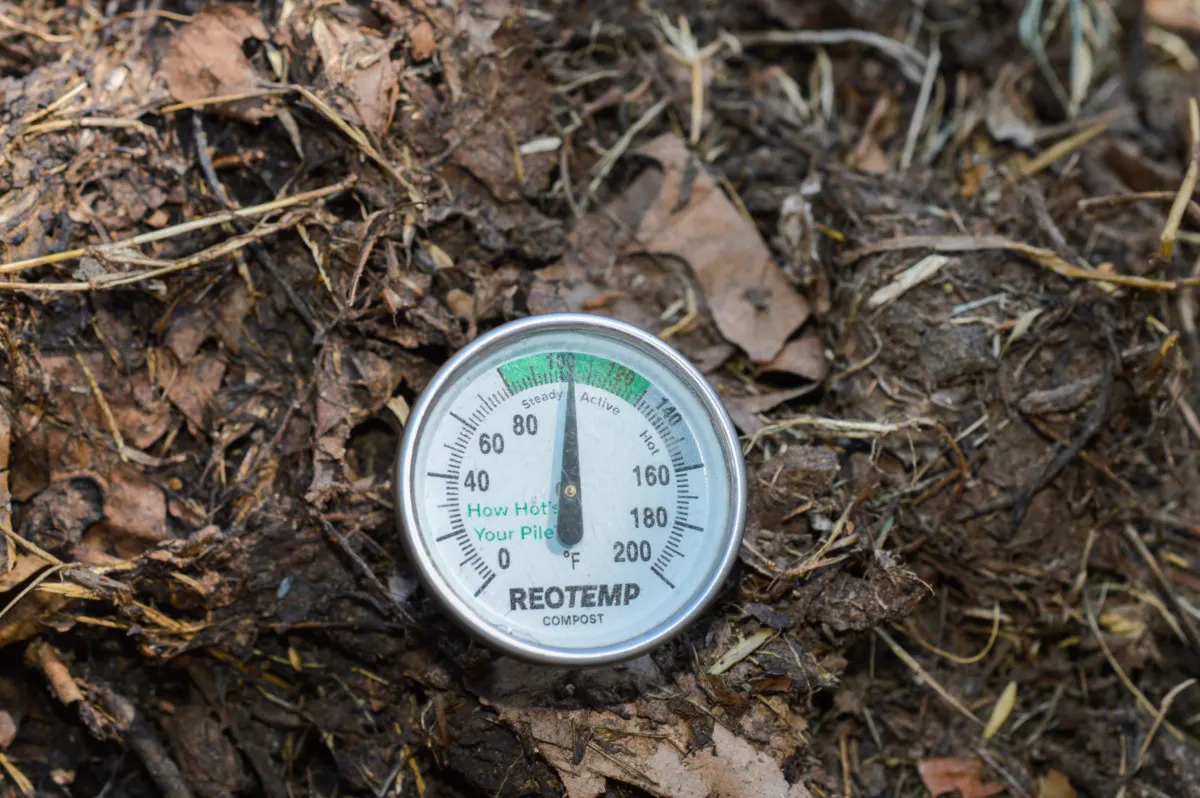
My dad used to tell a story about a friend of his who had a massive compost pile. Supposedly every year just before Thanksgiving this guy would super-heat his compost with tons of grass clippings. On Thanksgiving morning, he would wrap up his turkey in multiple layers of foil and bury it in the middle of his insanely hot compost pile, and later that day his family would dine on succulent compost-roasted turkey.
Mmm!
I have no idea if this little nugget of story-telling is fact or fiction (but Mother Earth News talked about cooking in compost in a 1980 issue of their magazine), but it does make me begin to wonder about the applications of using decomposing grass clippings for a heat source or as fuel.
If you do decide to experiment, this is one use for grass clippings in which I would suggest extreme caution.
Let the Clips Fall Where They May
There you have it. Your best bet is to just let your grass clippings decompose where they are.
But if you’re feeling particularly industrious or you just have too many, you’ve got plenty of suggestions here to put all that grass to good use.
Which grasscycling method do you prefer to use?
More importantly, what is your preferred “admiring the freshly-mown lawn” beverage?
Bored of mowing the lawn?
If you’re bored of the constant lawn mowing, why not consider a wildflower meadow instead? It’s great for the bees and other pollinators, beautiful to look at and, once established, easier to manage.
Take a look at our article on turning your lawn into a wildflower meadow:
Pin This To Save For Later
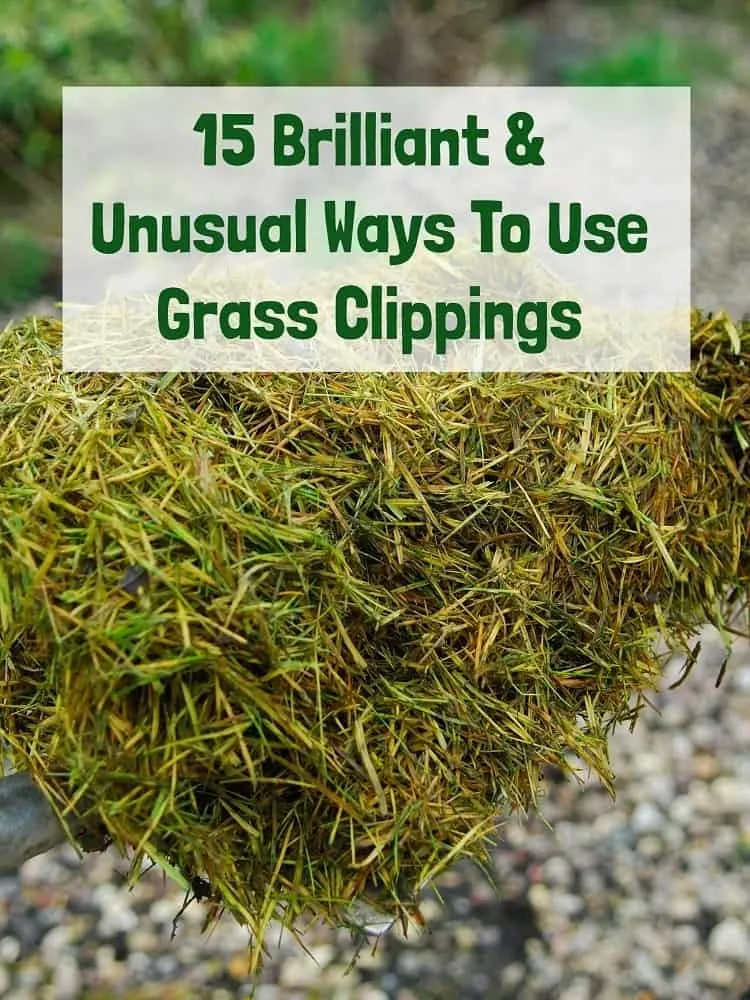
Read Next: 45 Practical Uses For Wood Ash Around The Home & Garden

Get the famous Rural Sprout newsletter delivered to your inbox.
Including Sunday musings from our editor, Tracey, as well as “What’s Up Wednesday” our roundup of what’s in season and new article updates and alerts.


